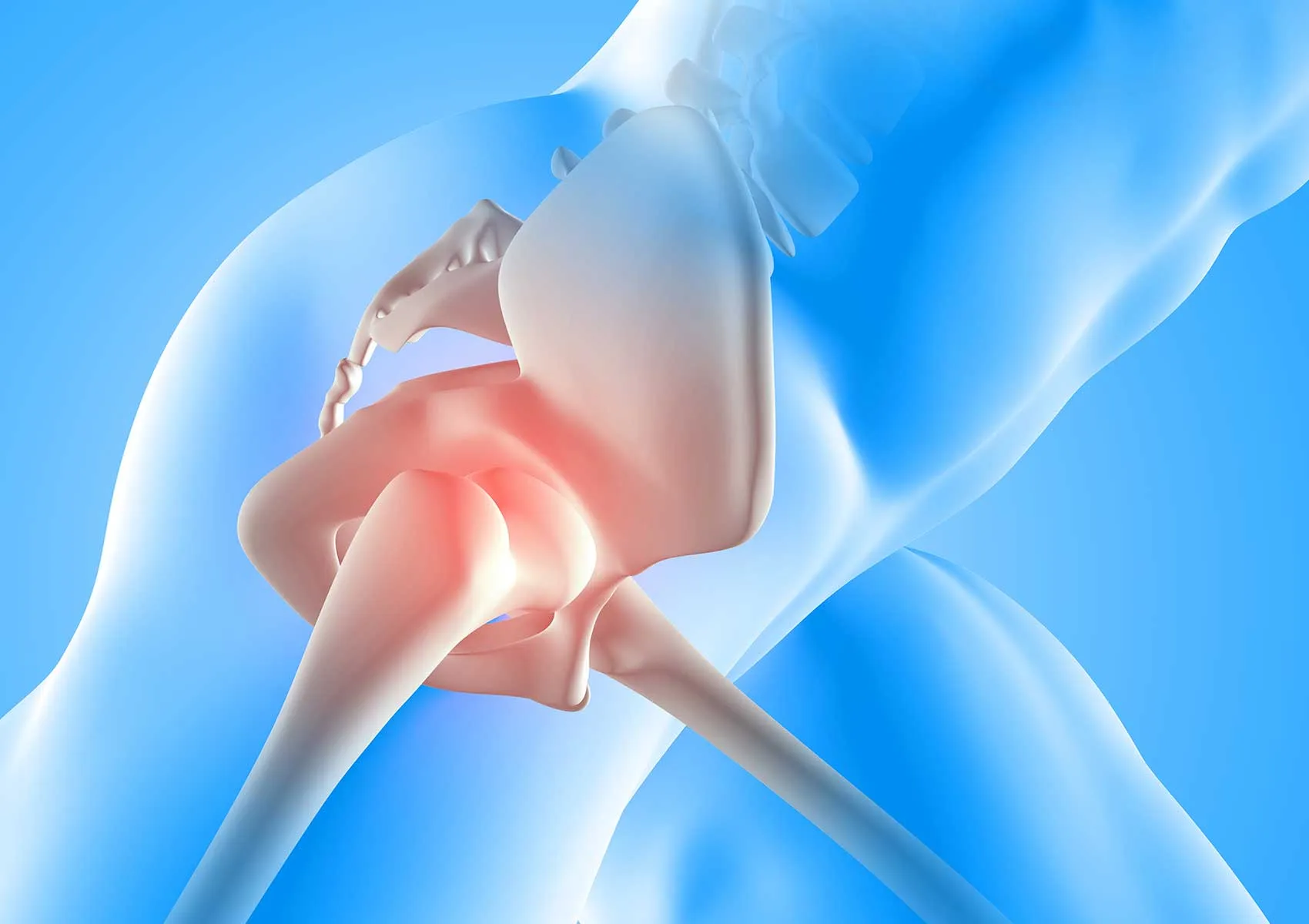What Is a Labral Tear? Symptoms and Surgical Process
A Common but Overlooked Cause of Hip Pain
A labral tear is a disruption or tearing of the labrum, a ring-shaped cartilage structure that lines the edge of the acetabulum (hip socket). The labrum plays a critical role in stabilizing the femoral head within the socket and ensuring smooth joint movement. When damaged, it can cause pain, clicking, catching, or stiffness, particularly in young and active individuals.
Thanks to advances in imaging and minimally invasive surgical techniques, labral tears are now diagnosed more accurately and treated more effectively—especially through hip arthroscopy. Timely intervention is key to preserving long-term hip function and preventing joint degeneration.
What Causes a Labral Tear?
Labral tears typically result from repetitive microtrauma or structural abnormalities of the hip. One of the most common underlying causes is femoroacetabular impingement (FAI), a condition where abnormal contact between the femoral head-neck junction and the acetabulum leads to progressive labral damage.
Athletes in sports involving high hip demand—such as soccer, running, gymnastics, or dance—are at higher risk. Individuals with developmental dysplasia of the hip (DDH) are also vulnerable, as insufficient socket coverage increases stress on the labrum. Trauma, falls, and degenerative changes associated with aging may also contribute to labral injury.
Common Symptoms
Although some labral tears can be asymptomatic, most patients report deep, localized pain in the groin or front of the hip. The pain typically worsens with prolonged sitting, climbing stairs, or rising from a chair. A clicking, popping, or catching sensation during movement is a hallmark sign and is due to the torn labrum rubbing within the joint.
Pain may also radiate to the thigh or lower back, making diagnosis more challenging. Additional symptoms include stiffness, decreased hip range of motion, limping, and reduced athletic performance.
How Is It Diagnosed?
Diagnosis begins with a thorough clinical evaluation. The FADIR test (flexion, adduction, internal rotation) is often used to reproduce symptoms and detect impingement or labral pathology.
Imaging is essential. MR arthrography (MRI with contrast injected into the joint) provides the most accurate visualization of labral tears. Standard MRI may miss subtle injuries. In some cases, CT scans or diagnostic injections may aid in confirming the diagnosis and ruling out other causes.
Treatment Options and Surgical Process
Treatment depends on the size of the tear, the patient’s age and activity level, and associated conditions like FAI or dysplasia. In mild cases with minimal symptoms, conservative treatment such as physical therapy, anti-inflammatory medication, and activity modification may be attempted.
However, persistent pain or functional limitations often require surgical intervention, most commonly through hip arthroscopy. This minimally invasive procedure involves inserting a camera and specialized instruments into the hip joint through small incisions. The surgeon can directly visualize the tear, perform a labral repair (suturing the torn tissue) or debridement (trimming the damaged portion), and address any underlying bony impingement.
Hip arthroscopy offers advantages such as reduced soft tissue trauma, shorter recovery times, and less postoperative pain compared to open surgery.
Recovery After Surgery
Recovery timelines vary based on the severity of the injury and the procedure performed. During the first few weeks, weight-bearing is limited, and patients typically use crutches. A structured rehabilitation program begins as early as the first week, focusing on joint mobility, muscle strength, and gradual return to activity.
By 6 weeks, most patients regain basic mobility. Light sports activities can be resumed around 3 months, and full recovery is typically achieved within 4–6 months. For athletes, return to competition may take 6–9 months depending on the level of demand.
What Happens If It's Left Untreated?
Untreated labral tears can cause progressive joint damage over time. The altered joint mechanics increase stress on the cartilage and may lead to early-onset osteoarthritis. Chronic pain, reduced mobility, impaired performance, and diminished quality of life are also common long-term consequences.
FAQ
-
Can a labral tear heal on its own?
Unfortunately, no. The labrum has limited blood supply, which makes spontaneous healing unlikely.
-
Is surgery always necessary for a labral tear?
Not always. Conservative treatment may be effective in minor or asymptomatic tears, but surgery is often required for persistent symptoms.
-
Will my hip return to normal after surgery?
If diagnosed early and repaired properly, full return to normal function is possible, especially in the absence of significant cartilage damage.
-
How long does pain last after surgery?
Pain typically improves significantly within the first 4–6 weeks. Mild soreness during rehab may persist.
-
Is sports participation possible after surgery?
Yes. With proper rehabilitation, athletes can safely return to sport, usually within 6–9 months.

